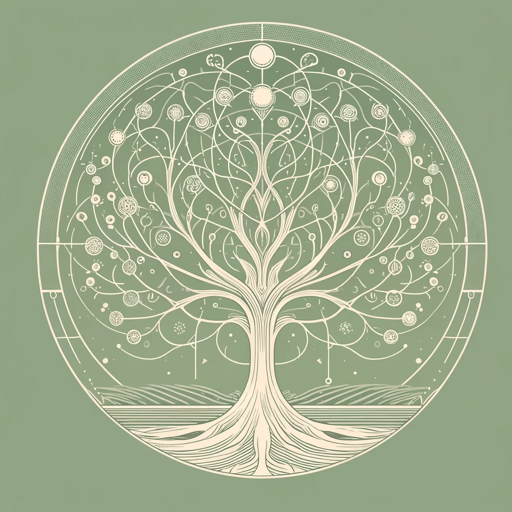86 pages • 2 hours read
Edith HamiltonMythology: Timeless Tales of Gods and Heroes
Nonfiction | Book | Adult | Published in 1942A modern alternative to SparkNotes and CliffsNotes, SuperSummary offers high-quality Study Guides with detailed chapter summaries and analysis of major themes, characters, and more.
Part 7Chapter Summaries & Analyses
Part 7: “The Mythology of the Norseman”
Introduction to Norse Mythology Summary
According to Hamilton, Norse mythology’s unique feature is that the gods’ home, Asgard, is not radiant and joyful but “grave and solemn,” a place “over which hangs the threat of an inevitable doom” (425). The gods know that they will eventually be defeated and die and their home destroyed. Heroes “cannot save themselves” but still resist to the end (427). Bravery earns them a place in Valhalla, Asgard’s hall for heroes, but they too will be destroyed in the end. Heroism, then, is the “one pure unsullied good men can hope to attain” (427). There can be no heroism without “lost causes” (427). A hero can be killed but not defeated, since the heroic death is itself “a triumph” (428).
Hamilton writes that the voice “of the whole great Teutonic race” survives primarily through “the poets of Norse mythology” since Christian priests destroyed much else owing to their “bitter hatred for the paganism they had come to destroy” (428). Her two primary sources are the Elder Edda, verse dating to approximately 1300 (Christianity arrived around 1000) and the Younger Edda, prose attributed to a Snorri Sturluson and dated to the end of the 12th century.


